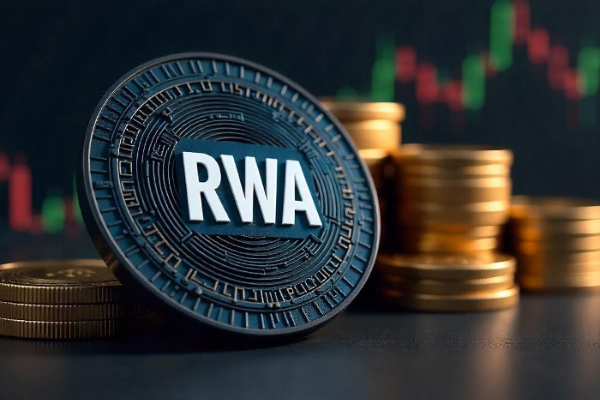Today in History: The Bitcoin white paper has been published for 17 years.

On October 31, 2025, the Bitcoin white paper, "Bitcoin: A Peer-to-Peer Electronic Cash System," will celebrate its 17th anniversary. On this day in 2008, Satoshi Nakamoto first published this groundbreaking paper on the P2P Foundation website and cryptography mailing lists, systematically proposing a fully decentralized electronic cash system.
This white paper not only laid the technical and theoretical foundation for Bitcoin but also marked the official beginning of the era of blockchain technology and its applications, making it arguably the "genesis document" of the cryptocurrency world.
On January 3, 2009, the Bitcoin network officially launched, and Satoshi Nakamoto mined the first block, known as the "genesis block," bringing Bitcoin into the real world. In its early stages, Bitcoin had almost no market price.
Until October 2009, the first recorded price was approximately $0.0008, reflecting that it was still in an experimental stage among a very small number of tech enthusiasts. Over the past seventeen years, Bitcoin has gradually developed from a conceptual experiment within a geek community into a globally recognized digital asset.
According to the latest HTX market data, as of now, the price of Bitcoin has climbed to $109,828, and its total market capitalization has exceeded $2.18 trillion. This figure not only reflects the widespread recognition of its value as a "digital gold" store of value, but also demonstrates the increasingly important position of the crypto economy in the global financial system.
Looking back over the past seventeen years, Bitcoin has led not only in technological innovation and asset appreciation, but also in a global thought experiment on currency, trust, and decentralized governance. It has continuously driven the restructuring of financial infrastructure and laid an indispensable foundation for the future internet of value.












